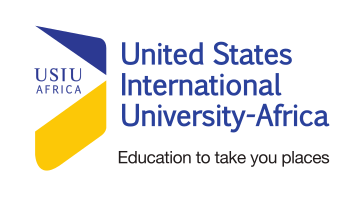Open Access Week: Four Key Takeaways From This Years Celebration
By Azenath Ateka
Last week, from October 19-25, the global community came together to celebrate Open Access (OA) through a series of activities. The theme of the Week this year was ‘Open for a purpose: Taking action to build structural equity and inclusion’.
USIU-Africa acknowledges the importance of and supports Open Access. We are committed to raising the visibility of scholarship, accelerating research and turning breakthroughs into better lives. To do this, we advocate for change especially by taking part in the International Open Access Week. In the past we have organized activities and events aimed at creating awareness and promoting Open Access among members of the USIU-Africa community.
Given the current ‘online everything’ environment that we are currently in, it was especially important for the University to participate in this year’s Open Access virtual events. One of the interesting events was hosted by the Scholarly Publishing and Academic Resources Coalition (SPARC). SPARC is a global coalition committed to making Open Access the default of research and education through the adoption of policies and practices that advance Open Access, Open Data and Open Education.
Below are some of the key takeaways from the session:
1. Open Access enables a wide and rapid dissemination of research. Publishing Open makes papers visible, ‘citable’ and easily accessible.
Key question: Are your papers in the Open? Have you been cited? What is your H-Index?
2. Open Access saves lives! Would you believe that several people with weird conditions have found diagnosis and solutions from OA journal articles?
Key question: Now that it is possible that by putting your research and publications in the Open, you could save a life, how many articles do you have that could be potentially be lifesaving?
3. On Monday, March 2, 2020, UNESCO launched the OER Dynamic Coalition. Open Educational Resources (OER) are digitized materials offered freely and openly for learners and educators to use, reuse, adapt and redistribute; to enable people to learn at the time, place and space that satisfies their circumstances and needs.
Key question: What if all the resources related to teaching and learning were free and open during COVID-19? Would education be more equitable and inclusive?
4. That an Institutional repository can actually be described as a ‘Digital Archive of intellectual product created by the faculty, research staff, and students of an institution and accessible to end users both within and outside the institution, with few, if any, barriers to access’
We have one at USIU-Africa http://erepo.usiu.ac.ke/ . Its content is defined by us as an institution, it is scholarly, cumulative, perpetual and open.
Key question: Do you know about it? Have you contributed your scholarly works? Have you engaged with any of the material on the repository?
USIU-Africa is committed to enabling Open Access through:
- Having an open digital repository.
- Encouraging students and faculty to publish in Open Access journals. Several faculty and students are published in Open Access journalism.
- Encouraging Open Access, creating awareness of it and encouraging Open Access publishing.
For pointers to Open Access resources, journals and repositories to get you started, click here.
